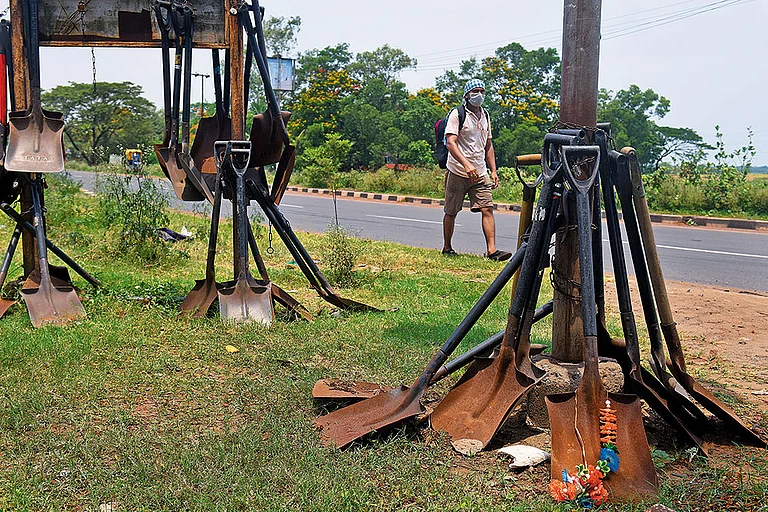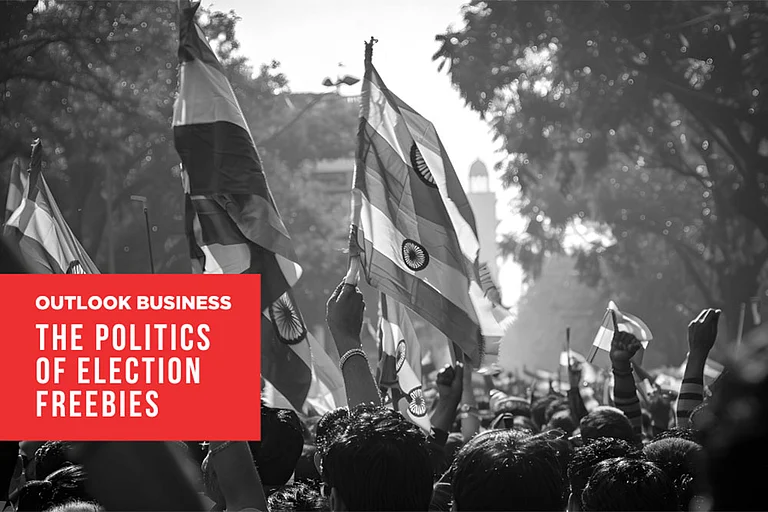India's top 18 states are likely to maintain high social welfare spending at nearly 2% of their gross state domestic product (GSDP) this fiscal, Crisil Ratings said in a report. As per the budget estimates of these states, the spending amount will remain at ₹6.4 lakh crore.
States Prioritise ₹6.4 Lakh Crore Welfare Spend in FY26 Despite Elevated Revenue Deficit
Social welfare spending by India’s top 18 states to stay elevated at ₹6.4 lakh crore in FY26, driven by DBT-linked electoral commitments, raising concerns over revenue deficit and capital outlay cuts.
This is the second consecutive year that such expenditure has remained at this elevated level, a marked increase from the 1.4–1.6% range seen between FY19 and FY24. Crisil said that the sharp rise is due to expanded direct benefit transfer (DBT) schemes, many of which are tied to electoral promises made to women voters and vulnerable social groups.

“Social welfare expenditure in fiscal 2025 and 2026 is estimated to increase by ₹2.3 lakh crore from fiscal 2024 level. Of this, ₹1 lakh crore is towards DBT to women primarily as election commitments. Meanwhile, the remaining ₹1.3 lakh crore increase is primarily for financial/ medical assistance to backwards classes and social security pension to select focus groups, which supports necessary expenditures for socio-economic development,” said Anuj Sethi, sanior director at Crisil Ratings.
While essential for supporting marginalised sections, the uptick in welfare spending is widening the revenue deficit, especially as growth in revenue receipts remains modest. Last fiscal, revenue receipts grew just 6.6% year-on-year, and are projected to rise by 6–8% this year—far slower than the 13–14% annual increase in revenue expenditure.
“A rise in revenue deficit normally results in state governments reducing capital outlay to maintain their fiscal stability. Last fiscal, capital outlay grew a meagre 6% on-year (vs a CAGR of 11% over 5 years ended fiscal 2024) as revenue deficit ballooned almost 90% on-year. If this trend continues this fiscal, it could constrain states’ capital outlay, which has a higher multiplier effect and can stimulate increased investment in the economy,” said Aditya Jhaver, Director, Crisil Ratings.
According to Crisil, the DBT allocation is not even. Half of the analysed states are expected to see a significant rise in welfare expenditure, while the remaining are expected to see these expenses at relatively stable levels or see a modest increase.
Over the past few years, several key states that have gone to the polls have introduced or increased allocations to DBT schemes. With upcoming elections in other states, a rise in DBT, as part of election commitments, is possible and remains a key monitorable, the report said. It also noted that although allocating funds to social welfare schemes is crucial for socio-economic development, an increase in such allocations without a corresponding increase in revenue receipts can impact the credit profiles of the states in the long run, underscoring the importance of maintaining fiscal prudence.

